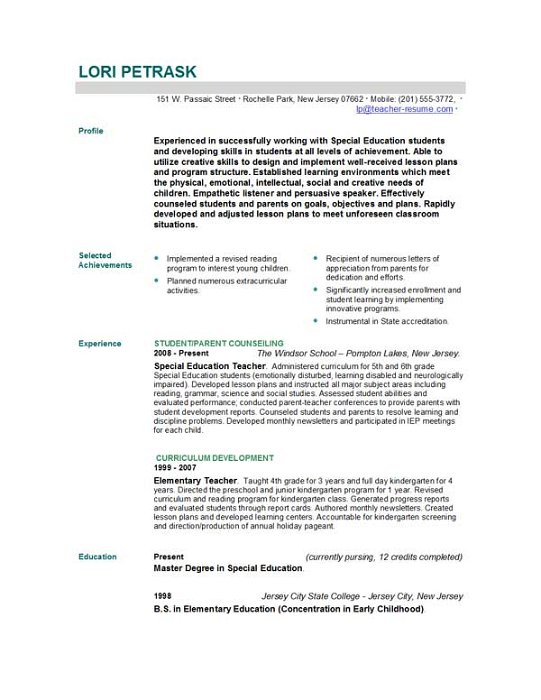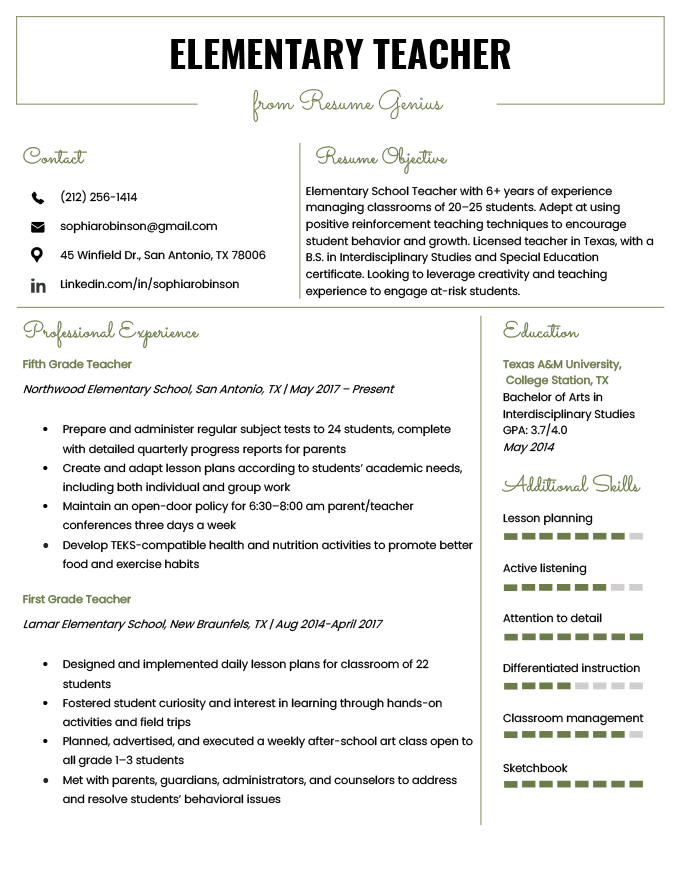
The idea is to ensure the bullet points aren’t dreary by quantifying and specifying in their own right. Quantify the points and write them in an accomplishment-oriented fashion. Your knowledge, abilities, and skills as an educator can allow you to enter most teaching jobs, and you only need to showcase them. For every bullet point, the information should show relevancy to the position being applied for.

It's critical not to ignore the professional experience by using bullet points to list it. Find the perfect keywords that augur well with the job opening and include them in the resume to tell the recruiter your fitness for the position. The key here is to read the job position carefully while connecting your job requirements with the experience you already have. Ensure all the diverse areas of experience and ability are highlighted, depending on the main needs of the new position entails. The environments are distinct, and any job opening should be treated uniquely.

As you apply for different teaching jobs, avoid using a blanket resume that's too generalized or one for all job offers. Like many teachers, you're probably able to teach at various levels, from preschool to middle school. You might want to update the resume appearance often to help you stand out once the relevant and required information has been added. Seeking a preschool teaching opportunity? Go with a combination format, while a functional format is perfect for a substitute teacher.

For instance, a middle school and elementary teaching job are better off served by a chronological format. The choice of format depends on the type of teaching job or teaching level you're applying for.


 0 kommentar(er)
0 kommentar(er)
